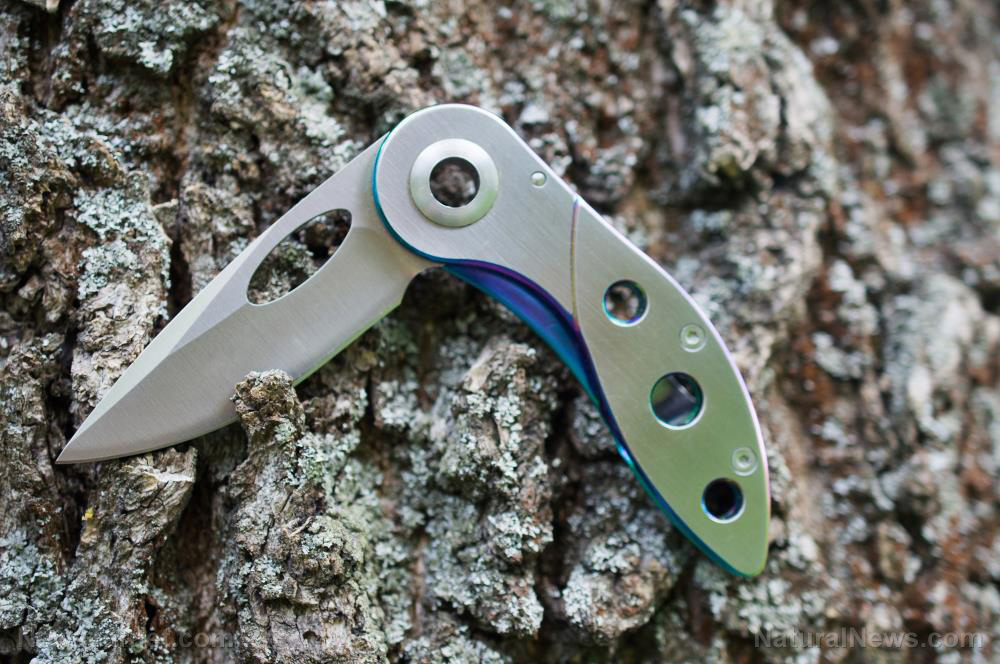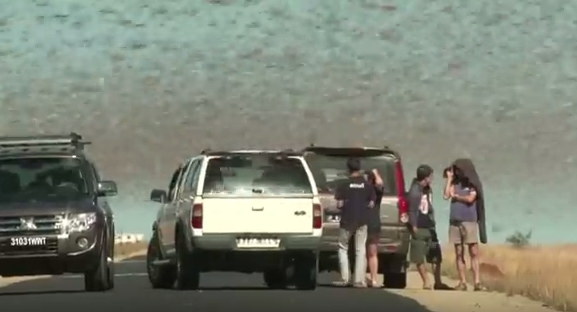 Parler
Parler Gab
Gab
Why use a resealable plastic bag for your survival kit?
Using a Ziploc bag for your gear might sound ridiculous, especially since there are other sturdier and roomier bags to use, but there are several reasons you should reconsider. Here are some of the many survival uses of a Ziploc bag: Bait trap When SHTF, you can use a Ziploc bag as a bait trap while fishing. Use a plastic bag as a small dip net for catching minnows and other critters which you can then use a bait to catch bigger fish. Firestarter This use requires a bit of patience, but you can turn a Ziploc bag into a makeshift firestarter. First, fill a clear plastic bag with water without sealing it. Hold it by one top corner, then slowly twist the bag to force the air out. As the air leaves the bag, it will bulge and form a sphere. Use the sphere to focus sunlight onto a pile of tinder and wait until you have a fire. Practice using a Ziploc bag to start a fire so you can do it more easily when SHTF. A container for assorted items When SHTF, waterproof containers will be very valuable. Use a resealable plastic bag to keep fire tinder dry, collect food, gather bait, or as storage for other items you need to keep clean and dry. Makeshift glove Using a Ziploc bag as a glove may ruin it for future use, but you can temporarily use it as a barrier for your hand when dealing with unsanitary items in a post-SHTF world. Water collection container When SHTF, having a way to collect and transport water may just save your life. With a gallon-sized plastic bag, you can easily transport over a gallon of water.
Prepping a Ziploc bag survival kit
A gallon-sized Ziploc bag may seem big, but you need to choose carefully since it's not going to offer a lot of space if you plan on bringing many items. Avoid packing any sharp or pointy objects that may puncture the plastic bag. If you're adding something sharp like a pocketknife, wrap or place it in a smaller container within the bag to prevent them from poking a hole in the container. (Related: Bug out survival planning: Prepping a bug-out bag in less than an hour.) Below are useful items that you can include in a one-gallon Ziploc survival kit. Butane lighter A lighter is the easiest way to get a fire going make sure you always have one in your kit. Alternatively, you can bring a small container of waterproof matches. Cordage Cordage is a useful item with many survival uses. If you pack a one-hundred-foot hank of paracord, you will have around 800 feet of usable cordage once it is unraveled. Cotton bandana Bring a brightly colored bandana so you can use it as a signaling device if you need rescuing. A bandana can also be used as:- A bandage
- A dishcloth or dishrag
- A facemask
- An ice pack
- A makeshift bag
- A neck gaiter
- A splint
- A sweatband
- A tourniquet
- A washcloth
- Add extra insulation to your boots
- Hold a tent closed
- Make a rope
- Mark a trail
- Repair gear
- Reseal packages of food
- Signal for rescue (use brightly colored duct tape)
- Splint a broken tent pole or fishing rod
- Start a fire
Pros and cons of using a Ziploc bag
Like other survival items, a Ziploc bag has pros and cons. On one hand, a resealable plastic bag is compact, light and cheap. The bag itself has several survival uses and you can customize your kit by using a bag of your preferred size. A plastic bag is see-through so you can easily see the contents of the kit without having to rummage in it. On the other hand, a Ziploc bag can be punctured with sharp items. It's not a discreet container when carried by itself and it may be inconvenient to carry if you need both hands for tasks when SHTF. A Ziploc bag survival kit is useful by itself, but this kind of kit works best when stored among your survival gear or in a bug-out vehicle. Sources include: SurvivalCache.com SuperPrepper.com IAmCountryside.com BackdoorSurvival.comThe end of meat? Dutch “green” policies force dairy farmer to cull 95% of his herd
By Ethan Huff // Share
Food supply 101: How to grow edible mushrooms in your home garden
By Zoey Sky // Share
Home gardening tips: How to grow and harvest radishes
By Zoey Sky // Share
Giant swarms of locusts ravage over 80% of crops and livestock feed in region of Russia
By Belle Carter // Share
Glen Canyon Dam close to shutting down as Lake Powell water levels continue to drop
By Arsenio Toledo // Share





